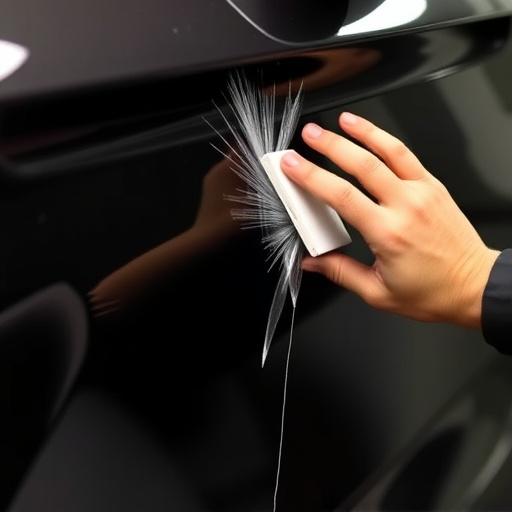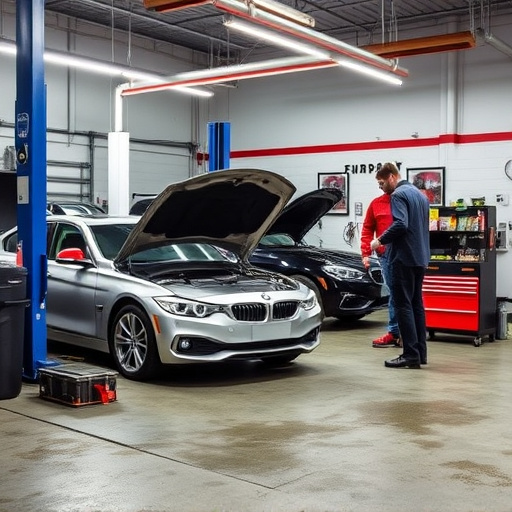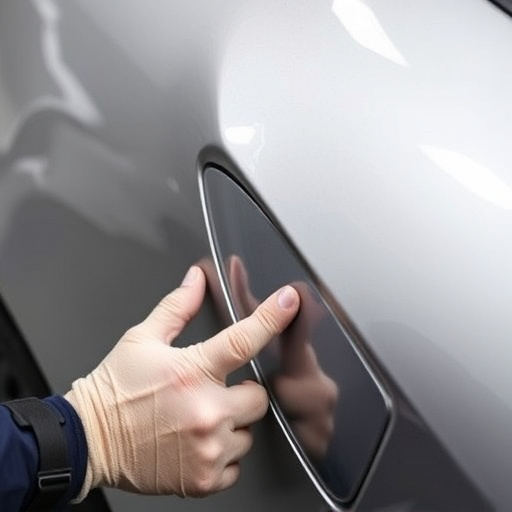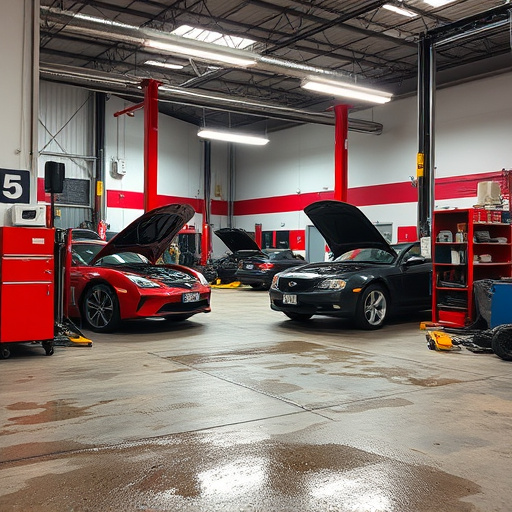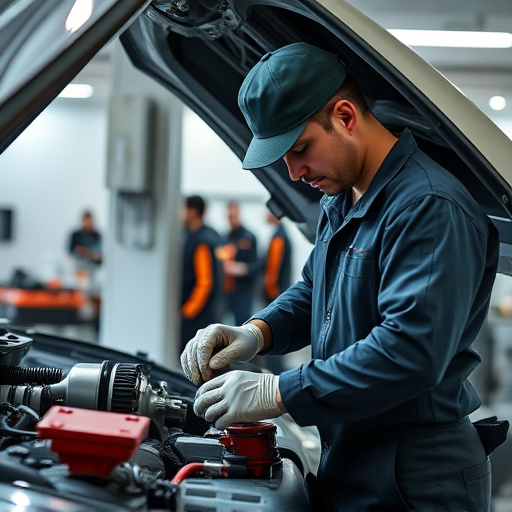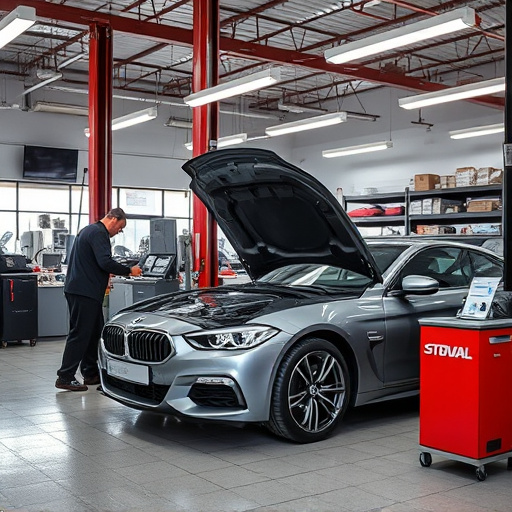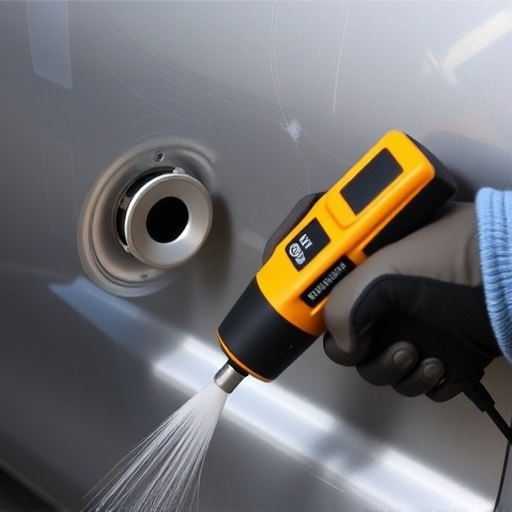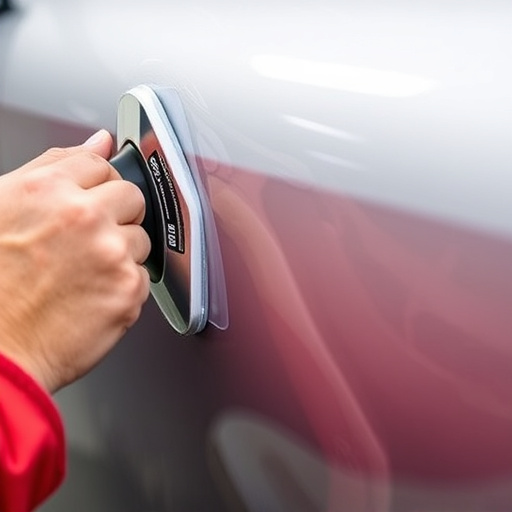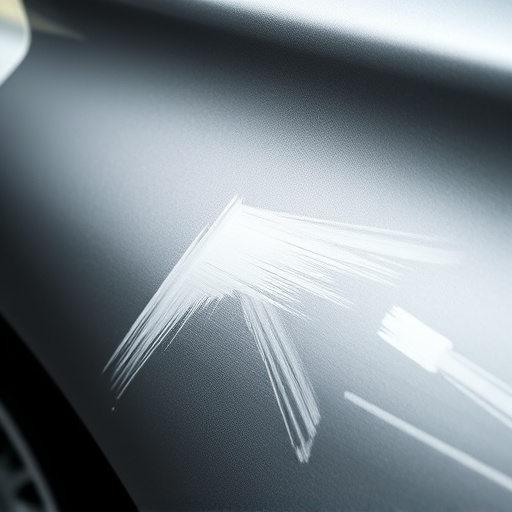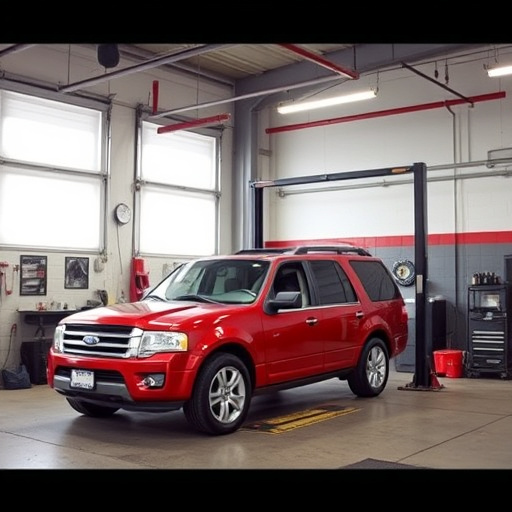A Tesla heat pump inspection ensures your vehicle's climate control operates at peak efficiency and safety. Technicians check system pressure, perform leak detection, assess physical damage, and maintain sealing to prevent energy losses, preserve exterior integrity, and ensure optimal performance of the heat pump. Early detection through these inspections prevents future complications in Tesla electric vehicles.
“A thorough Tesla heat pump inspection is vital for optimal system performance and energy efficiency. This process involves meticulous checks on system pressure and leaks, crucial components that ensure your heating and cooling system operates seamlessly. By understanding the inspection process and key components, homeowners can identify potential issues early on. This article guides you through the essential steps of a Tesla heat pump inspection, empowering you to maintain an efficient and reliable home climate control system.”
- Understanding Tesla Heat Pump Inspection Process
- Key Components: System Pressure and Leak Checks
- Identifying Potential Issues During Inspection
Understanding Tesla Heat Pump Inspection Process

A Tesla heat pump inspection is a crucial process to ensure your vehicle’s heating and cooling system operates efficiently and safely. This involves a thorough evaluation of several components, with a primary focus on system pressure and leak checks. During this inspection, professionals skilled in vehicle repair services will assess the heat pump, a component integral to Tesla’s advanced climate control systems, which combines heating and cooling capabilities. They will examine the unit for any signs of damage or wear and check critical points for leaks that could compromise performance or cause environmental harm.
In addition to system integrity, experts may also look at the condition of the vehicle bodywork, as heat pumps are integrated into the car’s design and require proper sealing to maintain optimal performance. By combining their expertise in vehicle dent repair and detailed knowledge of Tesla models, they can identify potential issues early on, ensuring your electric vehicle maintains its energy efficiency and range over time.
Key Components: System Pressure and Leak Checks

During a Tesla heat pump inspection, system pressure checks are crucial to ensure optimal performance and energy efficiency. The heat pump, a key component in regulating indoor temperatures, relies on precise pressure levels within its refrigerant cycle. Technicians will utilize specialized tools to measure pressure at various points in the system, confirming that it operates within manufacturer-specified parameters. Any deviations could indicate issues with sealing or the presence of leaks, which can significantly impact both heating and cooling capabilities.
Leak checks are another integral part of the inspection process, as even tiny cracks in the refrigerant lines can lead to substantial energy losses. Using advanced detection methods, experts will meticulously scrutinize every connection, joint, and component for signs of leakage. Identifying and repairing leaks not only enhances the heat pump’s performance but also prevents the need for frequent autobody repairs or frame straightening due to damaged parts, similar to how proper car paint services maintain exterior integrity.
Identifying Potential Issues During Inspection

During a Tesla heat pump inspection, several potential issues can be identified that may impact system performance and efficiency. One key area to focus on is the system pressure; any discrepancies here could indicate problems with seal integrity or refrigerant leaks. Technicians will carefully monitor pressure levels at various points in the circuit, as this can reveal wear and tear, contamination, or other damage.
Additionally, thorough visual checks for signs of physical damage or corrosion are crucial. Just as a vehicle body repair expert inspects paintless dent repair and other aesthetic issues, so too should heat pump inspections involve examining components like pipes, valves, and radiators for any visible damage. Early detection of such problems can prevent more serious complications in the future, ensuring optimal performance from your Tesla’s climate control system.
A thorough Tesla heat pump inspection, focusing on system pressure and leak checks, is vital for ensuring optimal performance and energy efficiency. By identifying potential issues early, homeowners can prevent costly repairs and maximize the benefits of their sustainable heating and cooling system. Regular maintenance is key to navigating the complexities of these advanced systems, allowing folks to enjoy a comfortable, eco-friendly environment.
